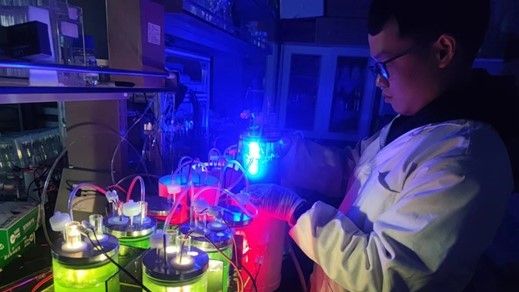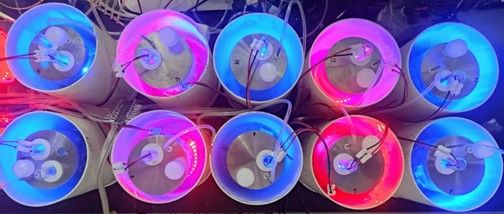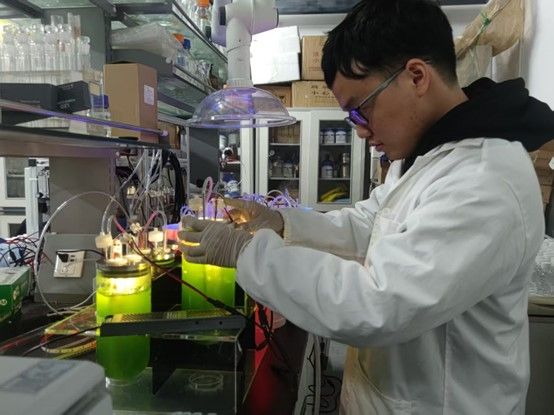Smart Light Strategies Boost Microalgae Efficiency in Aquaculture Wastewater Management
Aug 13, 2025
A collaborative team from the SAFER-IMTA project—comprising researchers from the Institute of Hydrobiology at the Chinese Academy of Sciences, Shenzhen University and Møreforsking — unveiled a breakthrough in aquaculture wastewater management. Their recent study, published in the Journal of Environmental Management, reveals how targeted manipulation of light quality can significantly improve nutrient removal and biomass production in microalgae-based systems.
By cultivating the microalga Chlorella sorokiniana CMBB276 in organic-rich aquaculture wastewater under six different light regimes, the researchers found that red light alone produced the highest biomass yield—up to 60% more than other conditions. Additionally, red and transitioning light treatments (red-to-mixed, red-to-blue) were most effective in removing dissolved organic nitrogen and phosphorus, which together account for over 80% of the wastewater’s total nutrient load.

The study also uncovered a trade-off between growth and nutritional content. While blue light resulted in the highest protein concentration (30.10% of dry weight) - ideal for applications such as fish feed - it produced the lowest overall biomass. In contrast, red-inclusive light treatments promoted carbohydrate accumulation (up to 52.41%) alongside superior growth.

This research provides a practical framework for reducing aquaculture's environmental footprint and advancing circular economy practices within the industry.